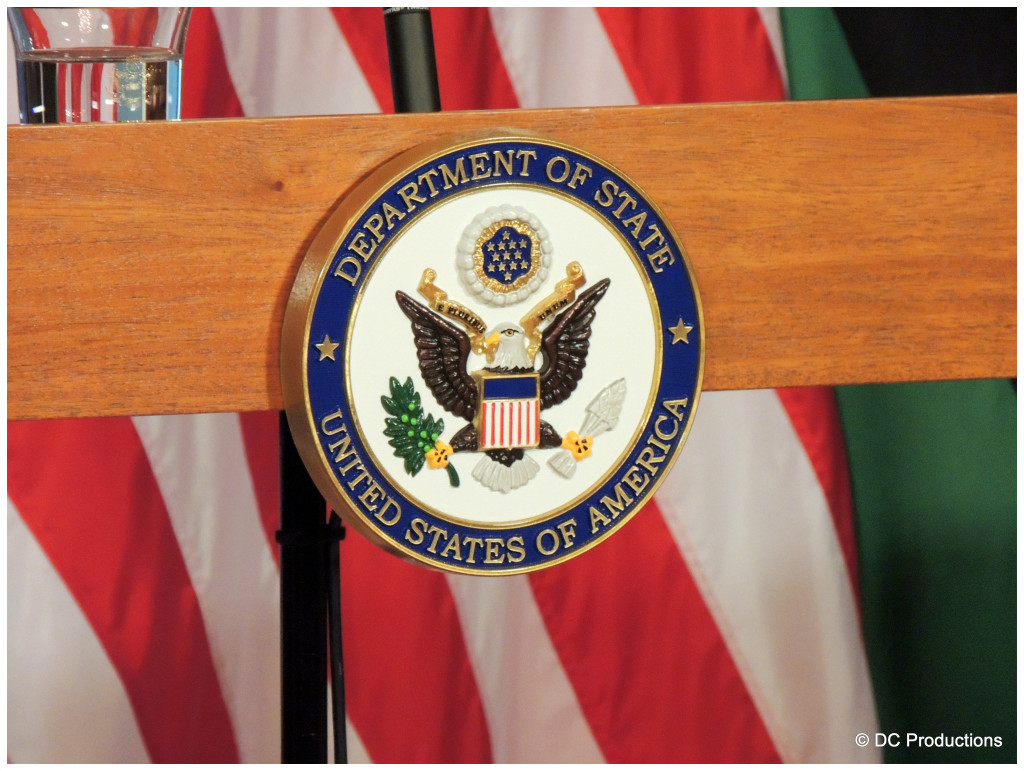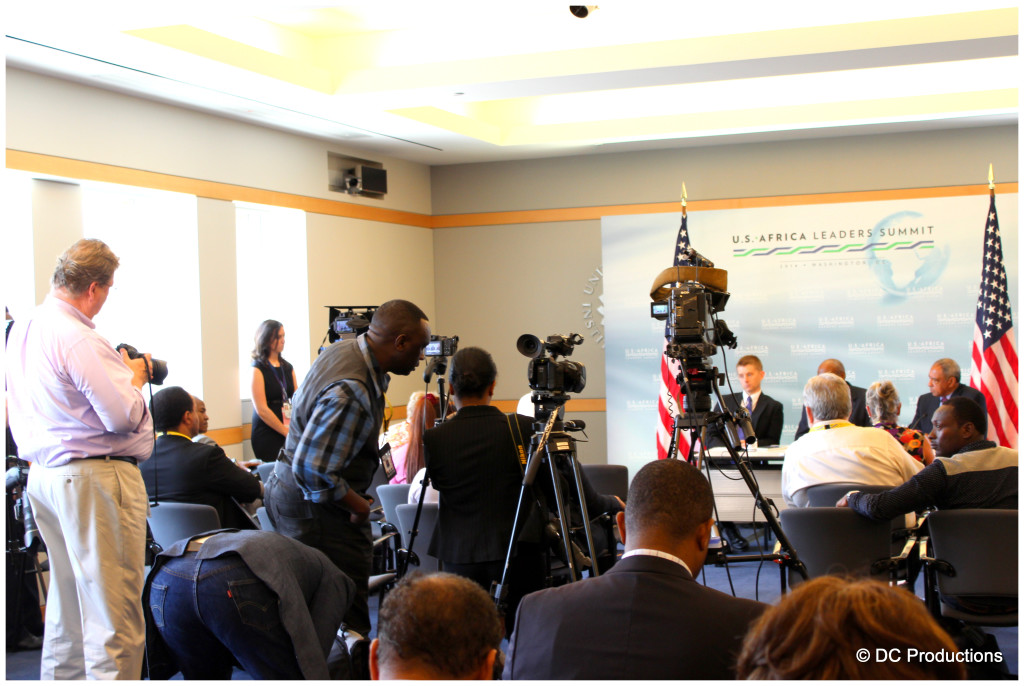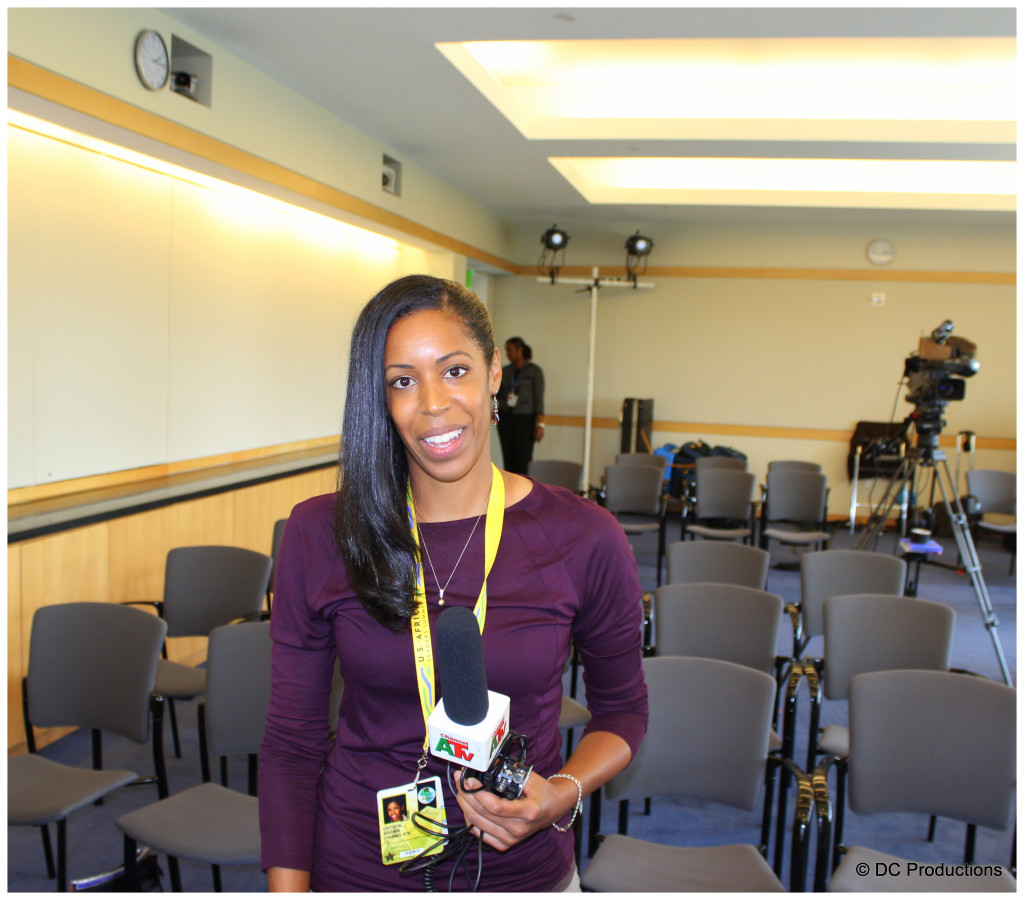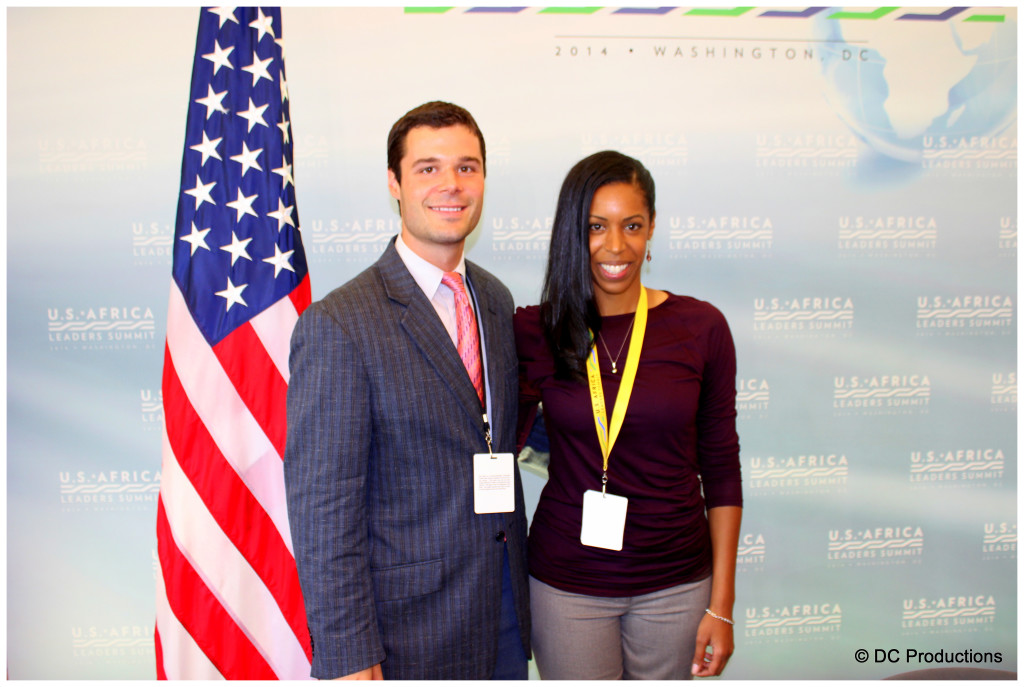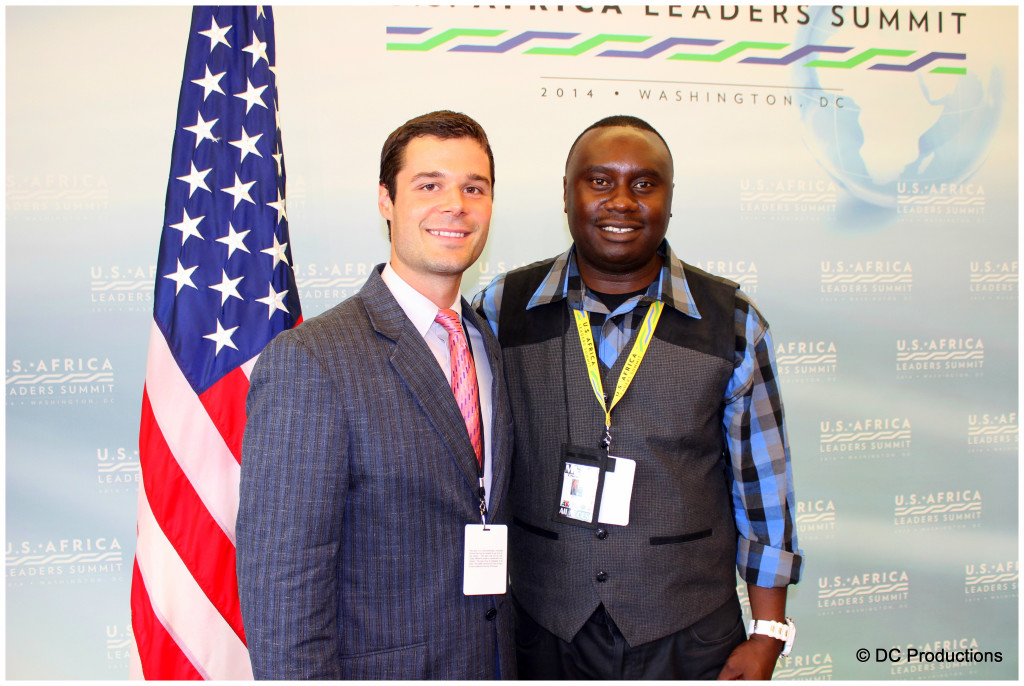
George E. Moose, vice chairman, was a career member of the U.S. Foreign Service, where he attained the rank of career ambassador. His service with the U.S. State Department included assignments in Asia, Africa, the Caribbean and Europe.
He held appointments as U.S. ambassador to the Republic of Benin (1983-86) and to the Republic of Senegal (1988-91). From 1991 to 1992, he was U.S. alternate representative to the United Nations Security Council. In 1993, he was appointed assistant secretary of state for African Affairs, a position he occupied until August 1997.

From 1998 to 2001, he was U.S. permanent representative to the European Office of the United Nations in Geneva. In June 2007, he was appointed by the White House to the board of directors of the U.S. Institute of Peace, where he now serves as vice chair. He also serves on the boards of Search for Common Ground, the Atlantic Council and Elderhostel.
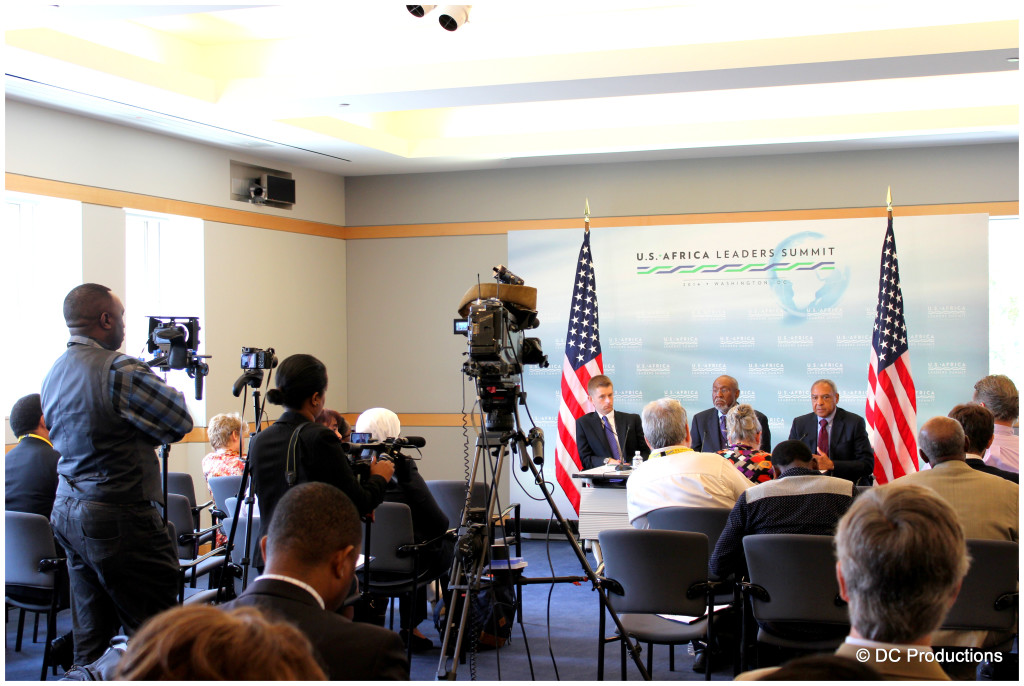
Since 2003, he has been adjunct professor of practice at the Elliott School of International Affairs at The George Washington University. Moose has a bachelor’s degree in American studies from Grinnell College, which also awarded him an honorary doctorate of laws. He is married to Judith Kaufmann, a former member of the U.S. Foreign Service and a currently a consultant on international health diplomacy.
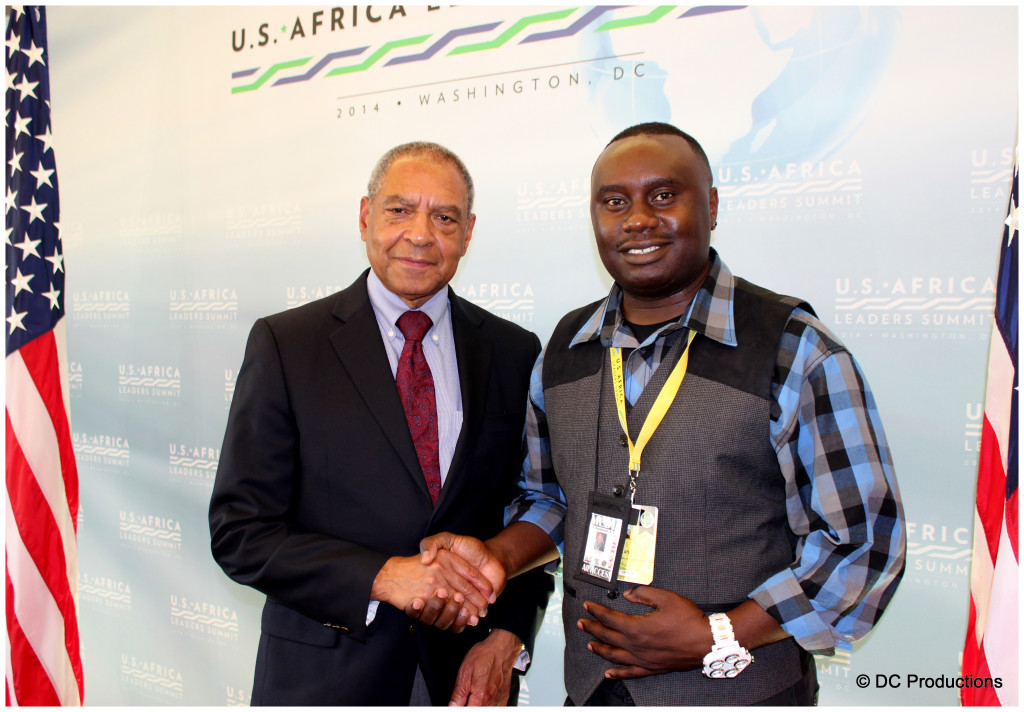
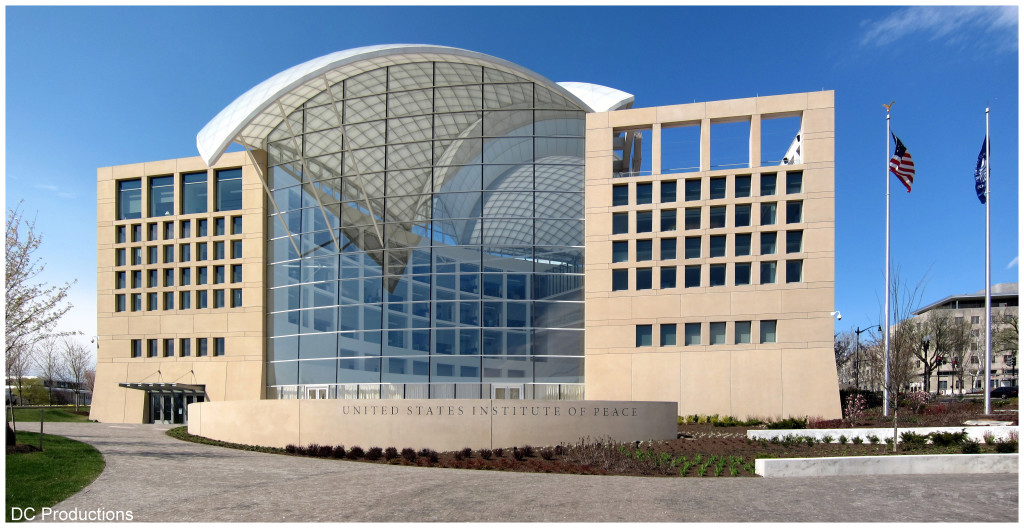
The United States Institute of Peace Act, passed by the Congress and signed into law in 1984, established the Institute as a publicly funded national institution chartered to “serve the American people and the federal government through the widest possible range of education and training, basic and applied research opportunities, and peace information services on the means to promote international peace and the resolution of conflicts among the nations and peoples of the world without recourse to violence.” The campaign to establish an Institute had begun a decade earlier, when the idea of a national peace academy was first brought to the Senate floor following recommendations by a commission appointed by President Jimmy Carter and chaired by Senator Spark Matsunaga. The legislation establishing the United States Institute of Peace was formally signed in 1984 by President Ronald Reagan.
It was not until 1996 that the U.S. Congress, recognizing the Institute’s contributions to international conflict management, authorized the Navy to transfer jurisdiction of federal land–a portion of its Pototmac Annex facility on Navy Hill–as the site of the permanent headquarters of the United States Institute of Peace. In 2005, Congress authorized and the Navy concurred in the transfer of an adjacent parcel of land, including two brick structures housing the Navy’s Bureau of Medicine and Surgery, for use as the site of a professional training center for practitioners in conflict prevention, management and resolution.
